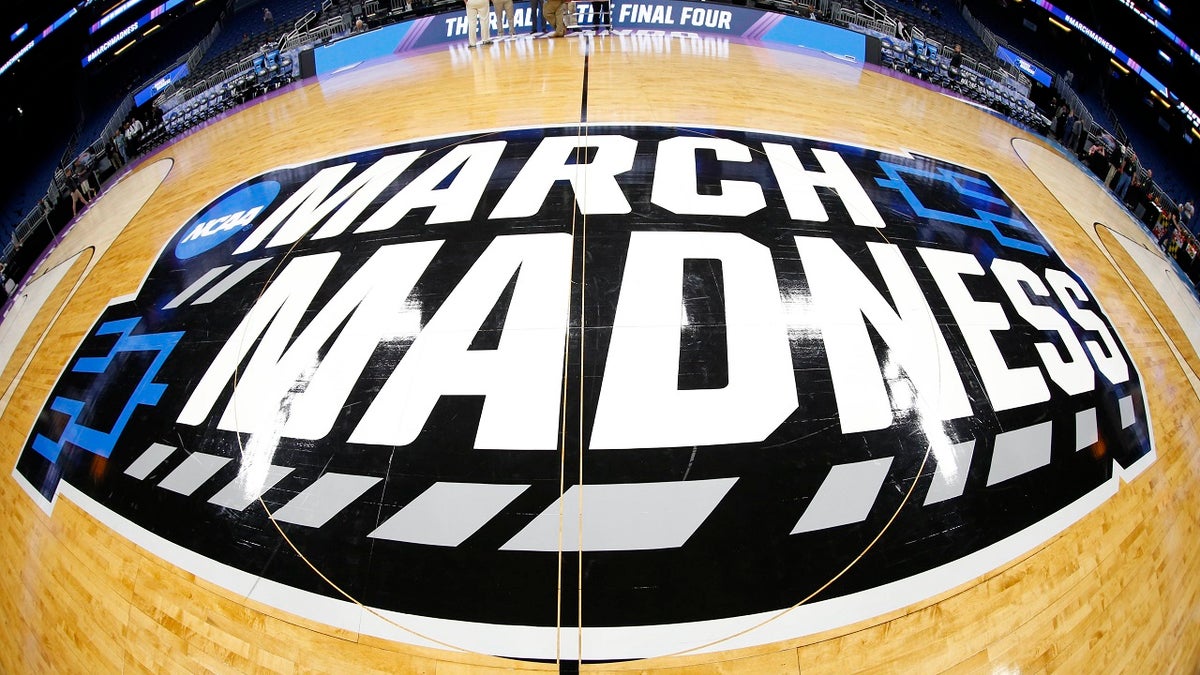
FILE (USA Today Sports)
As sports fans are swept up in the March Madness college basketball craze, it’s a good time to consider the madness of the coaches’ salaries. At institutions across the country, the head men’s basketball coach earns far more than the president of their respective universities. University of Kentucky coach John Calipari will earn about $8 million this year — far more than President Ed Capilouto who earns under $1 million annually. According to USA Today, forty-seven coaches will earn more than $2 million in 2018, with Duke University coach Mike Krzyzewski leading the way with a salary of almost $9 million this year.
These large salaries have raised objections among many who point to the disparity between a coach’s salary and the salaries of faculty and staff who actually educate students, as well as the exploitation of unpaid black athletes to support the lavish salaries of white coaches. Those arguments aside, there’s an economic case to make here.
College coaches can command large salaries, often higher than professional coaches, because unlike the NBA, which gives half its revenue to players, the National Collegiate Athletic Association (NCAA) prohibits payments for college athletes.
Divison I college basketball players, for example, can earn a full scholarship to cover tuition and expenses, but nothing more. This is an artificial market restriction that needs to stop.
The very best athletes are worth much more to their universities than a scholarship and an-all-you-can-eat meal plan. Economist Richard Borghesi found that a five-star recruit for basketball is worth about $625,000 annually. And it is not just basketball players that are valuable. Sports economists Stephen A. Bergman and Trevon D. Logan from The Ohio State University estimated that a “five-star” (top) football recruit is worth more than $150,000 in expected bowl game proceeds and more than $500,000 per year to a university.
Economists would define the NCAA as a cartel, because each university agrees to not pay more than a scholarship to purchase the athletes’ labor. If schools just competed for athletes by paying them, then top athletes would be attracted to schools by salary offers – sometimes large ones.
Of course, this restriction has its consequences. In order to entice top athletes to attend their university, programs must figure out what else will have value to these athletes. And that ultimately means employing the best coaches.
A top athlete that is worth $500,000 to a university but is only allowed to receive a scholarship could find value in other areas to help compensate. A great coach might provide the kind of training that could best prepare the athlete to join a professional sports league like the NBA. If the best athletes want the best coach then universities hire the best coaches because universities will earn a lot of money from recruiting top athletes. The coaching salary arms race continues and thus the proliferation of coaches’ salaries.
If we simply paid athletes, coaches would still have value but not nearly as much. For example, suppose Louisville has the best college coach in the country, but offered an athlete a salary of $20,000 in addition to the full scholarship. Suppose UCLA had the 10th best coach, but offered that same athlete a salary of $35,000. You could imagine that many of the athletes in this situation would choose to take the higher salary over the best coach. Isn’t it finally time that we allow the market to work – and give student athletes the compensation they deserve?
